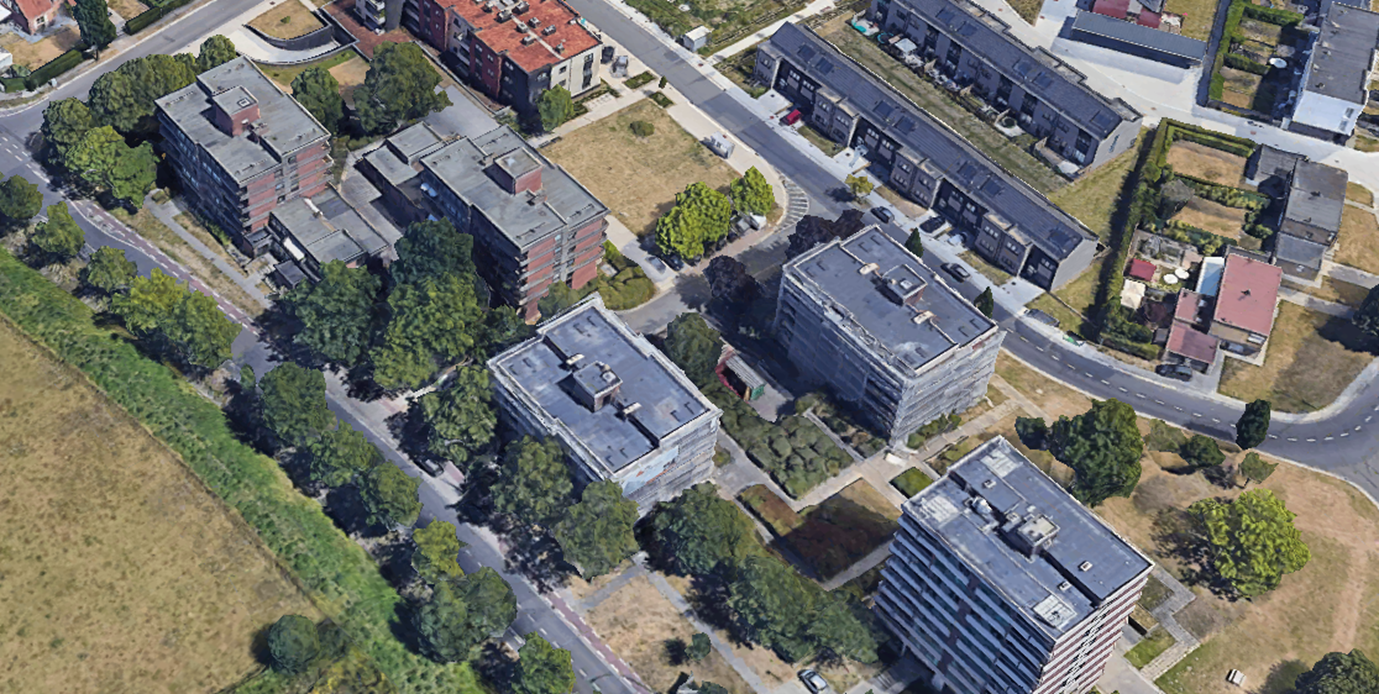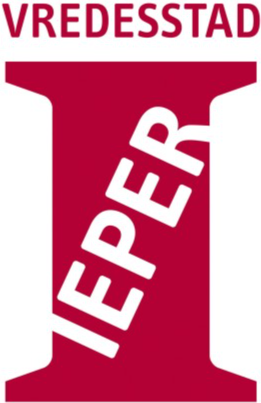Research sustainable heat sources for heat networks in Bruges
The Bruges Climate Plan 2030 was approved by the College and City Council in February 2022 with the goal of emitting at least 49% less CO2 by 2030, as an intermediate step towards making Bruges a climate neutral city by 2050. The climate plan lists more than 200 actions, spread over 7 bridges. One of these actions reads as follows: Search for additional green heat sources (high and low temperature).
Client
City Council of Bruges
Location
Bruges
Budget techniques
approx. 50,000 EUR (excl. VAT)
Period Study:
2022-2023
Research sustainable heat sources for heat networks in Bruges
The Bruges Climate Plan 2030 was approved by the College and City Council in February 2022 with the goal of emitting at least 49% less CO2 by 2030, as an intermediate step towards making Bruges a climate neutral city by 2050. The climate plan lists more than 200 actions, spread over 7 bridges. One of these actions reads as follows: Search for additional green heat sources (high and low temperature).
In 2021, the heat zoning plan for the entire territory of the city was approved by the college and the city council, a first step to give direction and scientific support to the vision and policy on sustainable heat for Bruges. This plan outlines which neighborhoods and streets are cost-optimally best to be heated collectively sustainably by 2050.
Ingenium's assignment, together with partner EXTRAQT, involved investigating the possible sustainable heat sources that could be used in the city of Bruges to provide public and private buildings with sustainable heat through a collective system.
In a first phase, Ingenium, in cooperation with the city, investigated the available heat sources on the entire territory of Bruges and its boroughs. The result is a list and a map of the heat sources, completed with the available capacities and heat quantities and temperatures, in addition to a first qualitative assessment of the usability of the heat. These include industrial residual heat (port of Zeebrugge and business parks), solar energy on residual spaces (CST, PVT and solar boilers), heat from geothermal energy, heat from surface water, heat from sewage water, heat from drinking water, and more non-location heat sources such as large-scale air/water heat pumps, electrode boilers, various technologies based on combustion of various fuels (boilers and CHPs),...

We then looked at the extent to which the most promising and sustainable heat sources could collectively supply the various areas of the city with heat. Various simulation models were set up to determine zone by zone whether the existing sources are sufficient, and for each zone in combination with a large-scale heat buffer and a peak heat plant. Each time for the current heat demand of the city, and for the expected heat demand after renovation of all buildings. In this way the city has a view of the necessary collective heat infrastructure per heat network zone.
In a final phase, we will evaluate the various heat sources energetically and financially. For each heat network zone, we will look at the expected energy consumption and compare it with the current situation and other possible fossil-free solutions. The investment, energy and maintenance costs are estimated per heat source and per additionally needed heat plant.
In this way, city of Bruges gets a good insight into the necessary infrastructure for collective heat and can look purposefully at the start-up of the various subprojects.

Also bitten by
smart technology?
Come push boundaries with us and help make a difference in our industry-leading projects.


.png)




.png)





